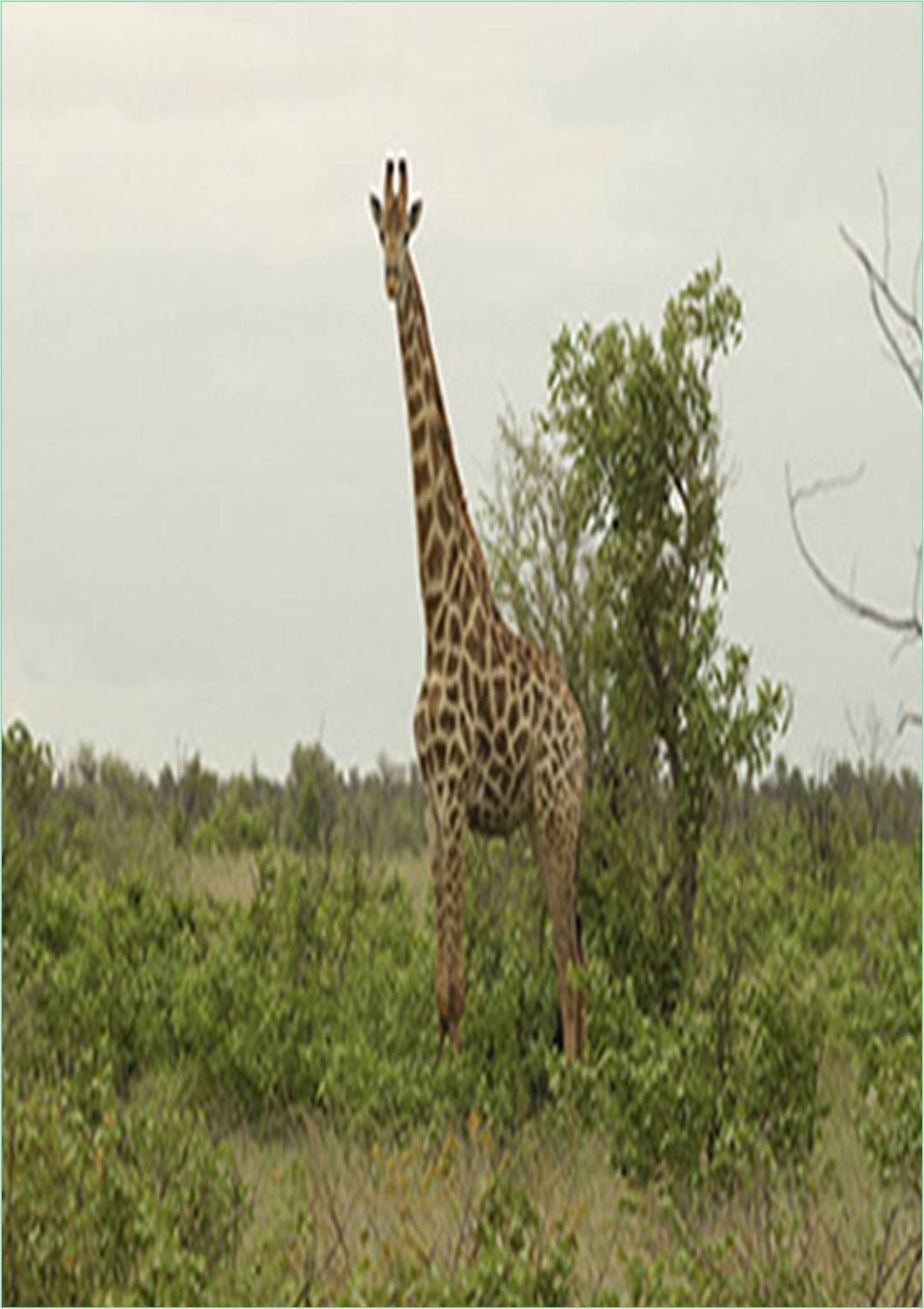



Received: 02-Feb-2022, Manuscript No. GJAEB-22-59884; Editor assigned: 04-Feb-2022, Pre QC No. GJAEB-22-59884(PQ); Reviewed: 18-Feb-2022, QC No. GJAEB-22-59884; Revised: 23-Feb-2022, Manuscript No. GJAEB-22-59884(R); Published: 02-Mar-2022, DOI: 10.15651/ GJAEB.22.10.02
Animals are widely spread in this world in the form of various species based on their livelihood. They are part of our sustenance, our sociology and our daily lives. Because they are so crucial to us, we additionally study them and practice what we learn to improve their lives and enhance their roles in our lives. Much of our use for animals revolves around their contributions to our food supply. To persuade more stable food supply from the land, humans developed a complex resource management device known as agriculture. In agriculture, domestic plant life and animals are kept to produce for humankind’s needs. Humans have practiced agriculture for hundreds of years and either directly or indirectly, everybody in the world relies upon on agriculture for their daily food. Because that is true, it is also ultimately true that all of humankind’s other occupations are tied to agriculture.
This is particularly the case in the world’s highly developed countries. In fact, the entire urban industrial complex of the developed world is sustained only due to food surpluses generated through farmers. Humans have discovered many different uses for domestic animals in such regions as sports, recreation, manufacturing, religion, medical research and as companions. And these uses to food production and we discover that animals are at the core of virtually all of our lives, whether or not we are aware about it. Because agriculture and its animals are essential to our existence, they have emerged as a dominating part of our culture, our influence on the landscape and, either directly or indirectly, our day-to-day activities. Humans did not plan their dependence on the animals they domesticated. Hunter-gatherers (who first domesticated animals) used the meat, bones and skins just as they had done before domestication. The additional uses (milk, clothing, power, war, sport and prestige) came later. This happened after human beings had lived in the company of animals for a long time in a greater sedentary lifestyle. Humans had hunted and consumed animals for two million years before domesticating them. The behavioral change required for hunters and gatherers to become farmers was a prime cultural revolution and a main step in the direction of what we call civilization. With our acquisition of domestic animals came the need to ultimately control them, to take care of them, and learn to use them to our best advantage. Meeting those needs has led to the improvement of the discipline of study that we call animal science.
Animal science is simply the collective study of domestic animals. This consists of each aspect, from conception to death, behavior to management, body structure to nutrition and duplicate to product distribution. Animal technological know-how represents an accumulation of understanding that commenced with observations of those hunter-gatherers who began the method of domestication long ago. As animal scientists have learned more and more about animals, the accumulated wealth of facts has become too massive for any one individual to comprehend completely. Out of necessity, its study is divided into disciplines or specialties, as a method of making manageable pieces.